Pond Netting - Heavy Duty
Pond Netting - Heavy Duty
Couldn't load pickup availability
Aquascape Bulk Protective Pond Netting is the ultimate solution for safeguarding your pond, stream, or waterfall from debris and predators. Designed for convenience and durability, this heavy-duty netting is available in easy-to-dispense boxes, making it perfect for both multiple installations and larger water features. Marked with plastic markers every 5 feet, it allows for effortless measuring and cutting to the required size. The fine 3/8″ woven mesh is specifically designed to keep out smaller debris, ensuring your pond remains clean and protected.
Key Features:
- Convenient Dispensing: Comes in an easy-to-dispense box for quick and efficient use.
- Versatile Sizes: Available in widths of 10′, 20′, and 30′ to suit a variety of pond sizes and shapes.
- Easy Customization: Plastic markers every 5 feet for easy measurement and cutting to desired lengths.
- Durable Material: Heavy-duty construction ensures long-lasting use and resistance to tearing.
- Fine Mesh Design: The 3/8″ woven mesh effectively keeps out smaller debris and protects against predators.
Installation Guide:
-
Measure the area of your pond, stream, or waterfall.
-
Pull the netting from the box to the desired length using the plastic markers as a guide.
-
Cut the netting and lay it over your water feature, ensuring it covers all edges.
- Secure the netting around the perimeter with suitable stakes or weights.
Ideal for:
- Protecting larger ponds, streams, and waterfalls from debris and predators.
- Multiple installations in larger gardens or commercial landscapes.
- Keeping water features clean and reducing maintenance.
Maintenance Tips:
- Regularly inspect the netting for any signs of wear or damage.
- Remove accumulated debris from the netting to maintain its effectiveness.
Should I cover my pond with a net?
When deciding whether to cover your pond with a net, there are several factors to consider that are specific to your pond and its environment.
-
Debris Control: If your pond is situated under trees or in an area where it tends to accumulate leaves, twigs, or other debris, using a net can be highly beneficial in keeping it clean. This will minimize the amount of maintenance work needed to keep the pond clear and promote a healthy ecosystem for pond life.
-
Predator Protection: If predators like herons, cats, or other animals endanger the fish or other wildlife in your pond, a net can effectively protect them.
-
Algae Growth: When debris falls into the pond, it decomposes and contributes to nutrient levels, which can lead to excessive algae growth. Using a net can help control this issue.
-
Aesthetic Considerations: Some pond owners may prefer the natural look of their pond without a net, but the practical benefits of using a net even with a professional pond skimmer, particularly during certain times of the year such as autumn, may outweigh aesthetic concerns.
-
Safety: A net can be used to prevent small children or pets from accidentally falling into the pond, providing an additional safety measure. "This is not a safety net, and children should still be supervised."
-
Seasonal Use: You may want to use a net seasonally, such as in autumn to catch falling leaves, but remove it during other times of the year.
-
Types of Nets: When choosing netting, consider the size of the debris you want to protect against. Fine mesh nets are ideal for small debris and offer a more subtle appearance, while larger mesh nets are suitable for larger debris and predator protection.
In summary, whether or not to cover your pond with a net depends on your specific needs and circumstances. It's a practical choice for maintenance and protection but might affect the visual appeal of your pond.
How do you cover a pond with netting?
Covering a pond with netting is a straightforward process that can significantly benefit the health and maintenance of your pond. Here’s a step-by-step guide on how to do it:
-
Measure Your Pond: Before purchasing netting, measure the dimensions of your pond. Ensure the netting is large enough to cover the entire surface area with extra room on all sides for secure fastening. Ideally, this should be in a tent shape.
-
Choose the Right Netting: When selecting a net for your pond, consider your specific needs. A fine mesh net is ideal for capturing smaller debris, whereas a larger mesh net is better suited for predator protection and larger debris. You'll want to choose a net that is both durable and weather-resistant to ensure it can withstand the elements. This particular pond net is designed to cover most types of debris and some predators.
-
Prepare the Pond Area: Before laying the netting, it's important to remove any large debris from the surface of your pond. Additionally, trim back any overhanging branches or plants that could potentially interfere with the net. When trimming, be careful not to cut your water plants too low. If your plants are evergreen, consider trying to go over them instead of cutting them. Finally, when laying the netting, make sure to cut around any water plants to avoid damaging them.
-
Install Supports (if necessary): In order to prevent the netting from sagging into the water, or for larger ponds, it is recommended to install supports across the pond. You can use PVC pipes, metal rods, or wooden stakes to create a grid or dome-like structure over the pond. However, if you are in an area with heavy snow, make sure that the structure is strong enough to support the weight.
-
Lay the Netting: To cover your pond, unroll the netting and place it carefully over it. It's recommended to have two people for larger ponds as it makes it easier to handle and position the netting. Ensure the netting is extended beyond the pond's edges to secure it properly. If you are doing it alone, anchor one side and avoid pulling too hard.
-
Secure the Netting: Secure the netting around the pond with rocks, bricks, pegs, or specially designed-netting stakes. Make sure the net is taut to prevent it from sagging into the water and to ensure easy removal of debris.
-
Trim Excess Netting: If there is excess netting, trim it leaving enough edge to secure it in place. This prevents tripping hazards and maintains the pond's aesthetic.
-
Regular Maintenance: It is recommended to conduct regular inspections of the netting to ensure that it is free from damage or sagging, and to remove any accumulated debris such as leaves or twigs. This practice helps to preserve the effectiveness of the netting and maintain the cleanliness of your pond. Failure to perform these routine checks may result in a compromised netting structure, which may lead to unwanted debris in your pond, causing damage to the pond ecosystem. Thus, periodic inspections and maintenance of the netting are critical to ensure the longevity of the pond's ecosystem.
-
Seasonal Considerations: During the winter season, it may be necessary to remove the netting if the possibility of it getting weighed down by snow exists. Alternatively, it may be necessary to leave the netting in place if it offers protection against predators.
Remember, while netting is highly beneficial for debris control and protecting fish from predators, it should be checked regularly and maintained to ensure it serves its purpose effectively.
Have any of these questions?
How to use
How to use
Shipping
Shipping
Our shipping fees apply to UK residents. If you're further afield then reach out to us with your order, then dispatch cant calculate the shipping fees
Return policy
Return policy
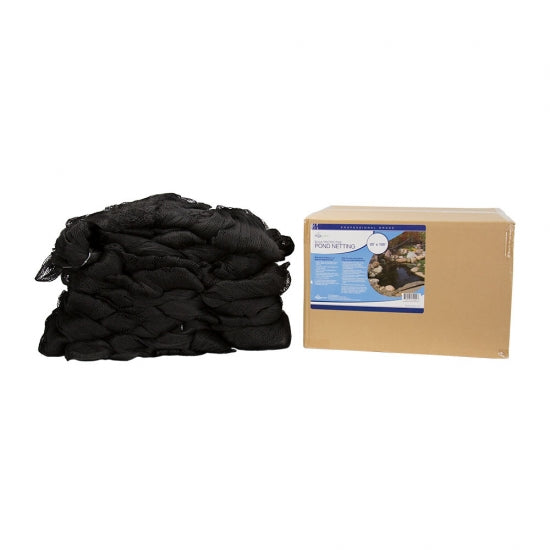
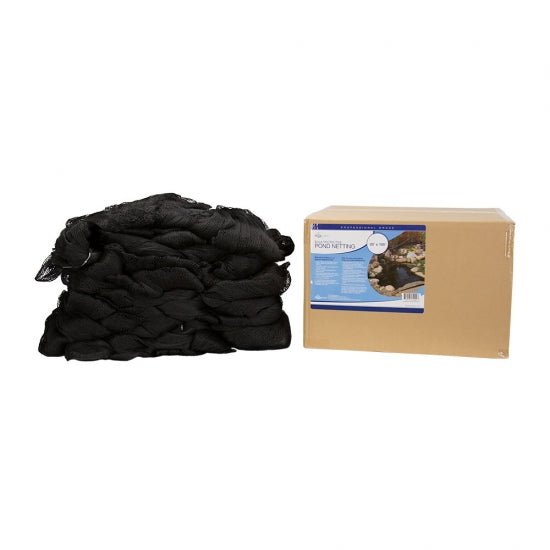
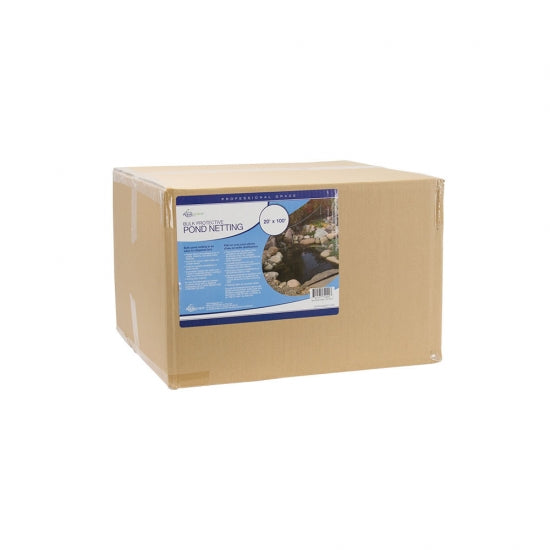
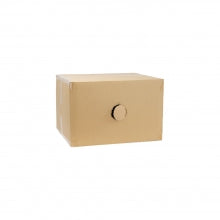
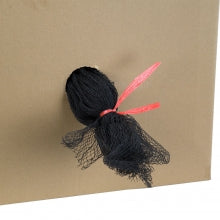
Hand Feed Your Pond Fish
Watch this video to learn how.





